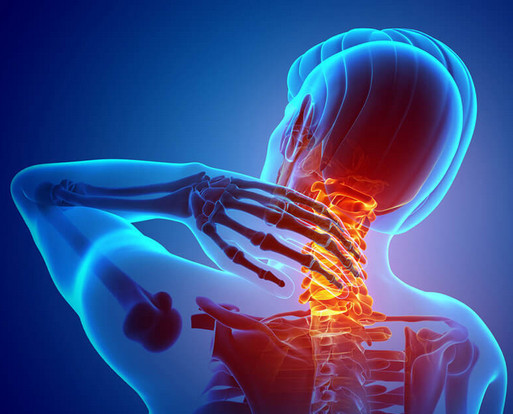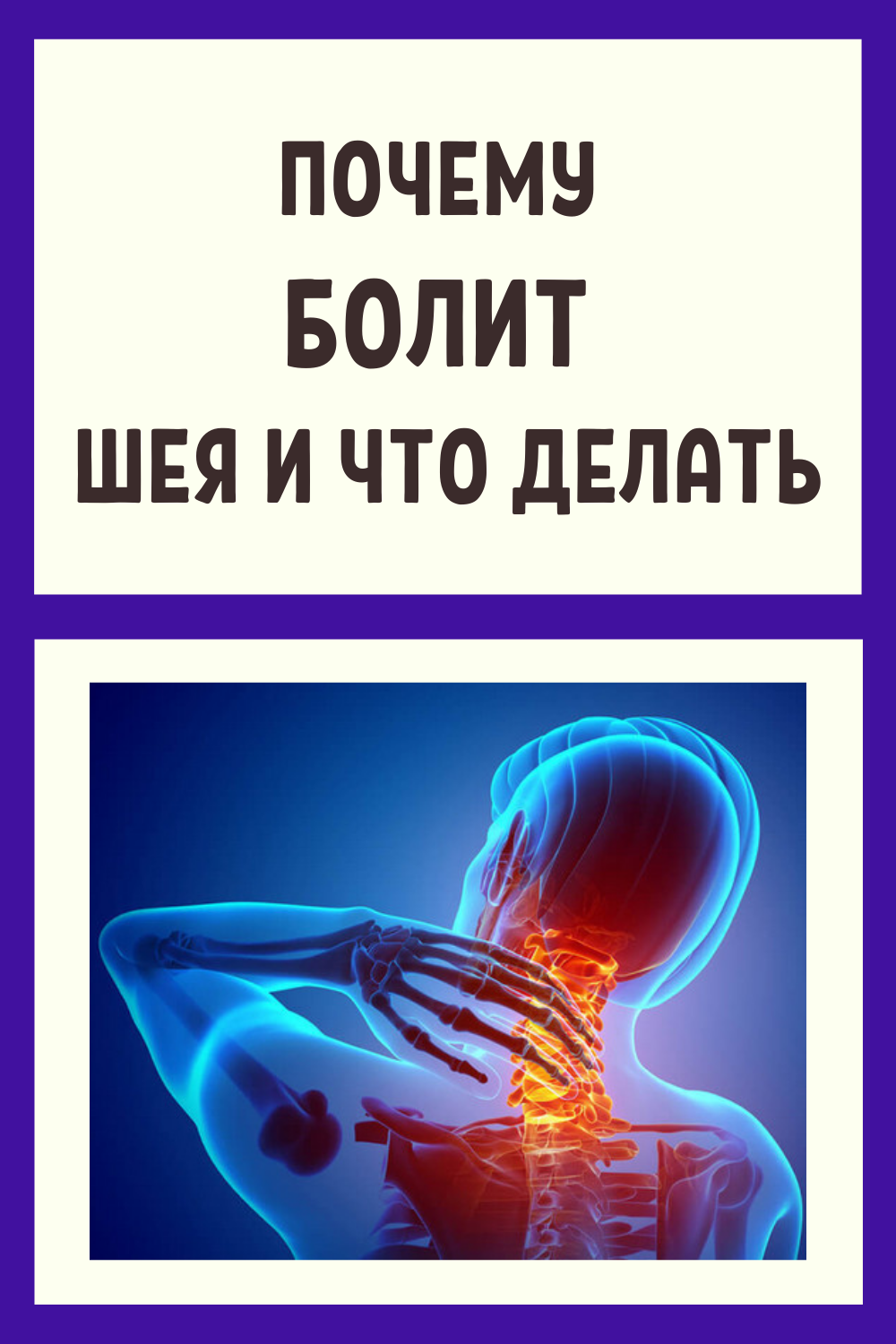CERVICALGIA is pain in the neck that occurs when the cervical spine or muscles of this area are affected. This syndrome is quite common and can affect anyone regardless of race or age.
Cervicalgia refers to pain localized in the back and sides of the neck , often caused by pathology or irritation of the joints , bones , muscles , discs , nerves, or a combination of these.
Cervicalgia , dorsalgia and lumbalgia are not diseases. They are only a symptom or painful manifestation of a disease.
Causes
The appearance of cervicalgia is inextricably linked with the type of work and body position. Often it affects office workers who spend many hours in a posture which the head is constantly pushed forward. For example , the appearance of cervicalgia is typical for office workers , seamstresses , draftsmen , surgeons , etc. ( see p. 270).
In addition to the muscle effort required to hold the head , the need to produce an effort to maintain the arms in a suspended state in their vertical position is added .
Thus , if there is no emphasis on the elbows when sitting at the table , the muscles may experience pain due to their overload and convergence.
Muscles that support the position of the arm in an upright position:
1) Upper portion of the trapezius muscle
2) Muscle that lifts the scapula
3) Rhomboid muscle
Prolonged exposure to a stressful situation , in which the same muscle group is constantly involved. Like , for example , when working on an assembly line. Mental and emotional stress also causes an increase in muscle tone , which can provoke pain.
Using the wrong pillow.
In advanced cases, arthrosis can lead to changes in the proper functioning of the cervical region and cause painful processes , pinched nerves , changes in sensitivity , etc.
Discopathy of the spine. Disc degeneration , strangulation, and herniation are most common in the lower cervical vertebrae.
Change in body static. Cervical hyperlordosis ( excessive load on the back joints).
Structural changes. Spondylolisthesis ( displacement of one vertebra to another), spinal stenosis ( narrowing of the canal which the spinal cord passes).
Injuries resulting from accidents on the road , workplace or in sports. "Whiplash injury of the cervical spine", which occurs with a sharp return movement of the neck in an accident. This often damages many ligaments , and sometimes muscles and vertebrae.
Much less often, cervicalgia is caused by other diseases , such as inflammatory ( eg , ankylosing spondylitis), infectious ( tuberculosis), neoplastic ( cancer), or metabolic ( osteoporosis).
Epidemiology
Neck pathologies affect approximately 10% of the population and are one of the typical causes of disability. A study in Madrid found that neck problems of musculoskeletal origin accounted - fourth of all causes of temporary disability.
Prevention
- The use of postural hygiene products , especially when sitting at a desk and desk.
- Change of position after a certain time ( you can get up and walk).
- Periodic examination by a specialist is essential to prevent neck pain.
- Moderate exercise stimulates intramuscular blood flow , disturbed in the department with high blood pressure , and moisturizes the joints. It is especially recommended to do stretching exercises to increase elasticity and prevent muscle hypertonicity , which causes discomfort.
- Regular massage and hydromassage can be effective in the presence of increased muscle tone.
- Using the right pillow.
Treatment
Conservative treatment
Depending on the symptoms and the source of neck pain , muscle relaxants and other medications , such as analgesics and anti-inflammatory drugs, may also be prescribed.
Physiotherapeutic procedures are often effective , prescribed depending on the symptoms and factors that cause cervicalgia. Physiotherapy reduces pain , muscle hypertonicity and neurological symptoms , promotes the restoration of mobility , improves muscle tone , contributes to the normalization of posture , etc.
In the presence of arthrosis of the vertebrae , cervical hyperlordosis or disc herniation, the use of postural hygiene techniques is recommended , especially for persons who spend a lot of time sitting at the workplace , as well as posture normalization techniques.
Using these techniques , a person will be able to properly distribute the load on the spine , reducing the negative impact on damaged structures.
With muscle hypertonicity, the use of local heat and massage / hydromassage is effective, except for cases that are based on infection , inflammation or a tumor process.
Engaging in activities that reduce mental stress: moderate exercise , etc. Techniques for controlling and managing stress can also be of great benefit.
People engaged in monotonous monotonous work ( physical stress) are advised to change position frequently and/or ask for advice on adapting the equipment and/or correct body position when working with this equipment.
A specialist may recommend the use of a soft collar for severe pain or a hard collar for damage to the intervertebral discs , ligaments and other structures of the spine.
- The collar partially immobilizes the cervical spine , reducing the risk of excessive irritation of damaged structures that can be caused by neck movement. In addition , it slightly stretches the neck , helping to relax the muscles and unclench the nerves. It is not recommended to wear it continuously for more than three weeks due to weakening ( atrophy) of the muscles due to immobility. The more weakened the muscles , the less their resistance to actions that require their participation ( such as supporting the weight of the head).
- Surgery
- Most painful neck syndromes are treated conservatively.
In the case of spinal stenosis ( narrowing of the canal), unstable fractures , displacement of the vertebrae, or in the event of a strangulated or herniated disc, surgical treatment may be recommended.
Save so you don't lose
